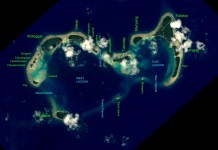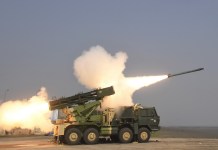The US Air Force has received a compact directed energy weapon LANCE from Lockheed Martin (developer of F-22 and F-35), marking a significant step in outfitting a tactical fighter jet with a laser capable of eliminating anti-aircraft missiles.
Breaking Defense broke the news, confirming that Lockheed Martin supplied the Air Force with its LANCE high-energy laser weapon in February of this year (2022). LANCE refers to “Laser Advancements for Next-generation Compact Environments.”
The Air Force Research Laboratory, also known as AFRL, will test the new weapon. AFRL is in charge of building and implementing cutting-edge technology for use in the air, space, and cyberspace.
Tyler Griffin, a Lockheed executive, told reporters that LANCE “is the smallest, lightest, high-energy laser of its power class that Lockheed Martin has built to date.” He further noted, “it is a critical benchmark in developing an operational laser weapon system in the airborne domain.”
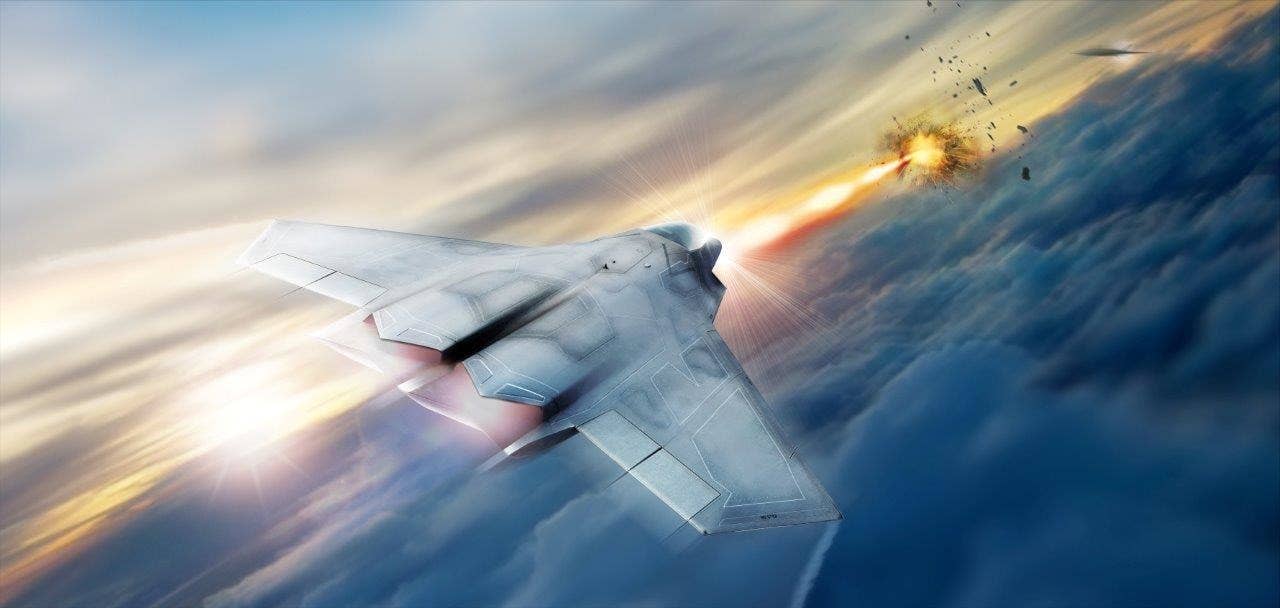
The Pentagon has advanced several different directed energy weapons in recent years. However, the report said that the significance of this directed energy weapon, known as LANCE, is its low space, weight, and power requirements.
LANCE is “one-sixth the size,” according to Griffin, of a previous directed-energy weapon Lockheed crafted for the Army. The earlier laser, a part of the Robust Electric Laser Initiative program, had a 60-kilowatt output.
But, the latest report makes no mention of the power LANCE is capable of producing, but there have been reports that it will probably be less than 100 kilowatts.
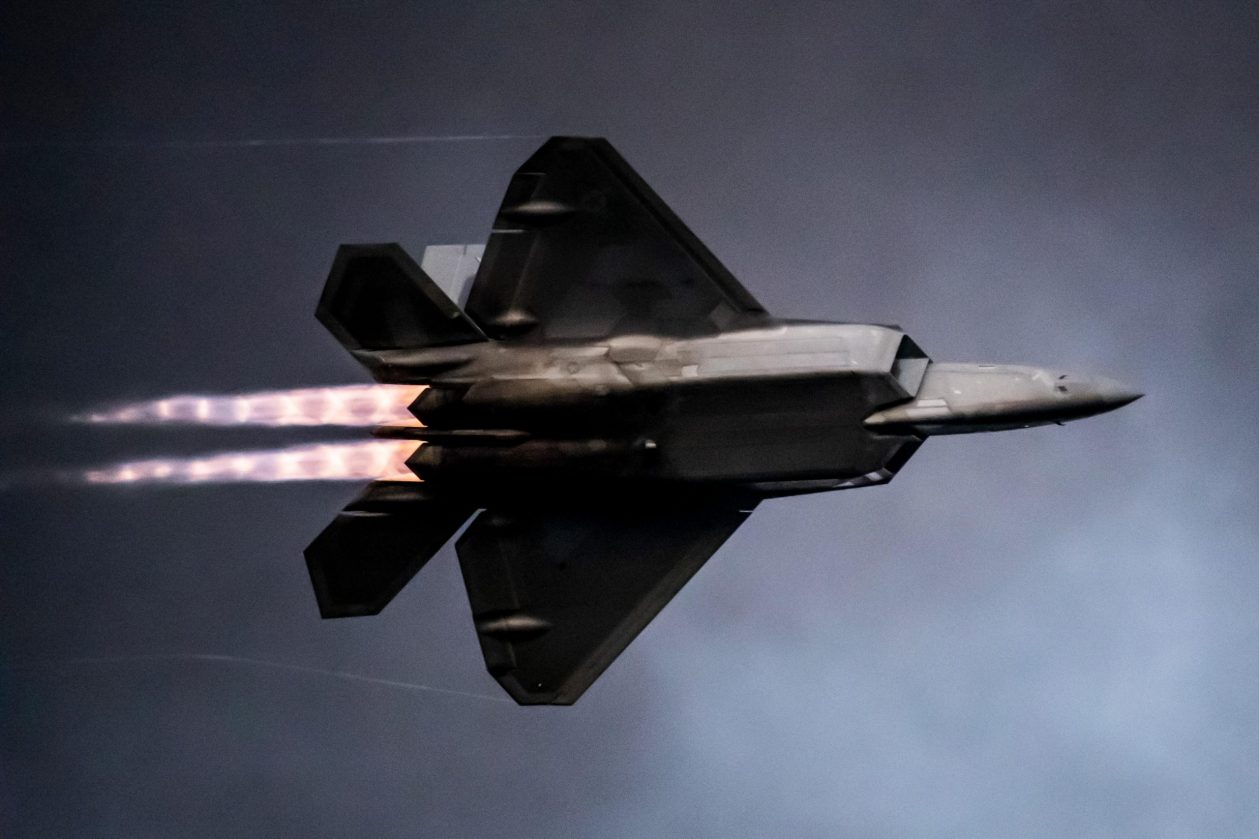
SHiELD Program
In November 2017, Lockheed received the initial contract in November 2017 to design, develop, and manufacture LANCE.
This contract was granted as a part of the Air Force’s Self-Protect High Energy Laser Demonstrator (SHiELD) program. Lockheed Martin, Boeing, and Northrop Grumman are the three companies involved in this project.
Lockheed Martin is responsible for providing the actual laser weapon, LANCE. Northrop Grumman is in charge of the beam control system that puts the laser on its target and keeps it there, while Boeing makes the pod that carries LANCE.
Kent Wood, acting director of AFRL’s directed energy directorate, told Breaking Defense that the various SHiELD subsystems “represent the most compact and capable laser weapon technologies delivered to date.”
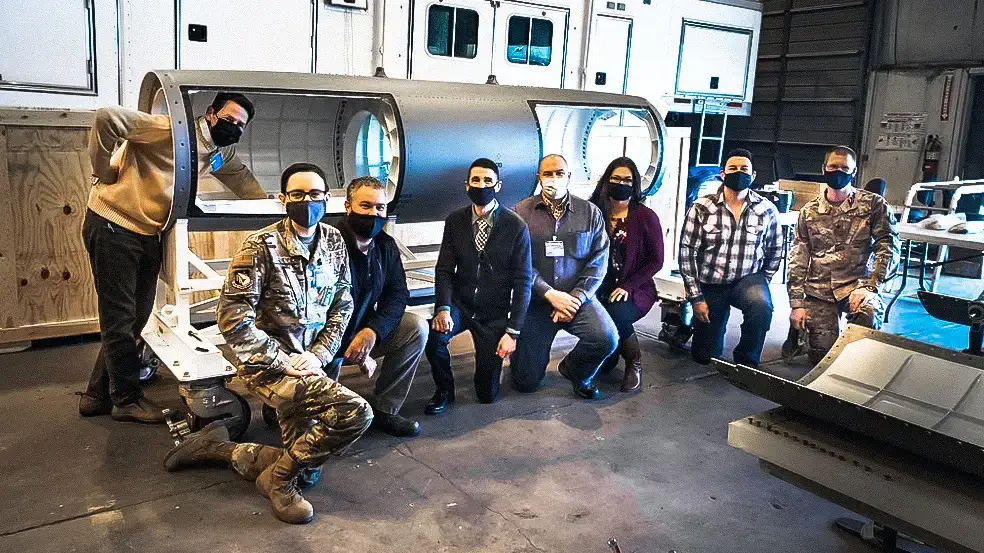
“Mission utility analyses and wargaming studies are ongoing and will help determine how these subsystems and/or an integrated laser weapon system might potentially be used. Specific targets for future tests and demonstrations will be determined by the results of these studies as well,” he continued.
Griffin stated that now that the laser has been delivered to the Air Force, the next step will be to integrate the weapon with the thermal system that handles LANCE’s heating and cooling.
The agency has not stated when the weapon will be fired or which aircraft LANCE will equip it. However, Griffin said that “a variety of potential applications and platforms are being considered for potential demonstrations and tests.”
“At this time, no decision has been made on a specific application or platform for these follow-on activities, no flight demonstration is funded, and there is no direct transition plan into a program of record,” he added.
Previous Developments
Lockheed Martin concept art previously depicted the pod being carried by an F-16 fighter jet. The SHiELD was initially designed to offer active fighter jet defense in high-risk situations. Still, Air Force leadership later considered placing this system to protect the combat support aircraft.
Besides that, in 2019, Boeing test-flew a pre-prototype pod shape on board an Air Force F-15 fighter. The Demonstrator Laser Weapon System (DLWS), a representative laser used in ground tests, has effectively taken down several air-launched missiles over White Sands Missile Range in New Mexico, also in 2019.
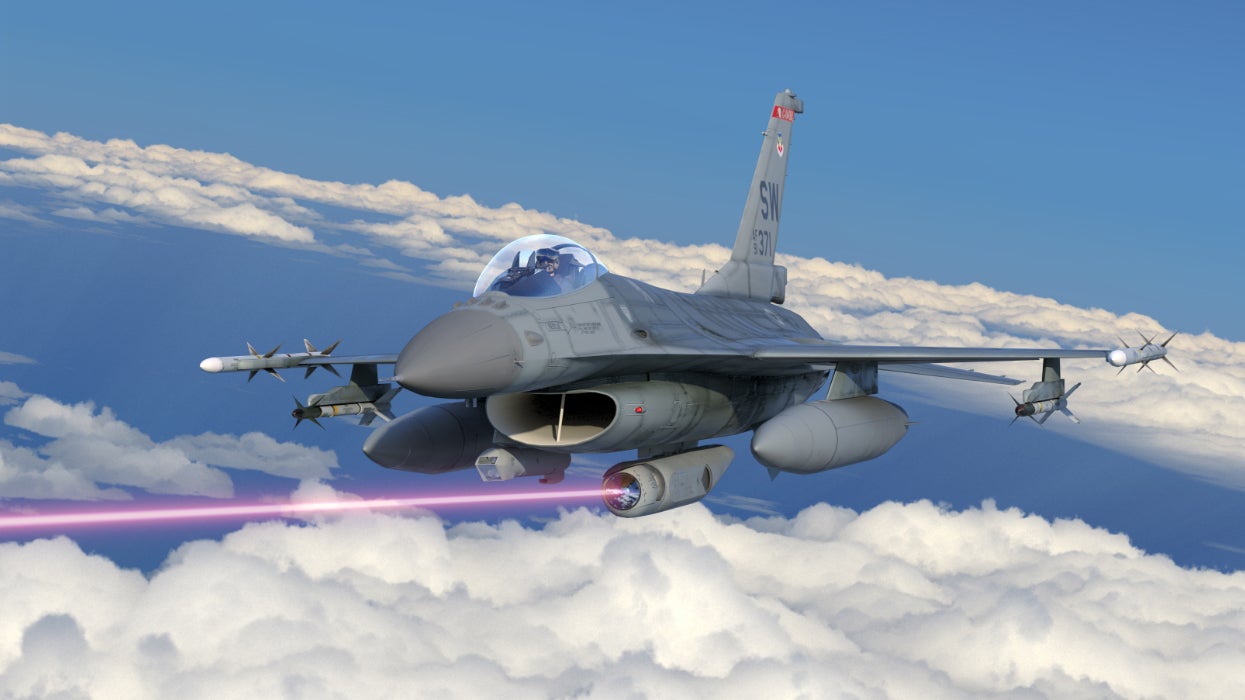
In the latest report, AFRL told Breaking Defense that it had not yet decided when airborne trials might occur. However, in 2017, AFRL announced its intention to test a laser on a tactical fighter jet. Afterward, in 2020, Lockheed Martin declared that by 2025, one of its lasers would be flying on tactical fighters.
Later, in 2021, the service ran into technical difficulties, and they had to push back the date for starting flight testing of a pod-mounted laser weapon by two years, to 2023.
Meanwhile, the US Air Force has already begun preparing its pilots for the flight of simulated missions involving the deployment of high-energy laser pods, as previously reported by the EurAsian Times.
The primary goal of SHiELD is to illustrate the potential of a podded laser defense system, introducing a potential future complement to disposable defenses like infrared flares or electronic warfare systems.
- Contact the author at ashishmichel@gmail.com
- Follow EurAsian Times on Google News


